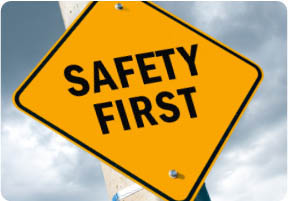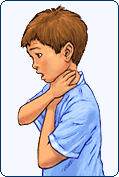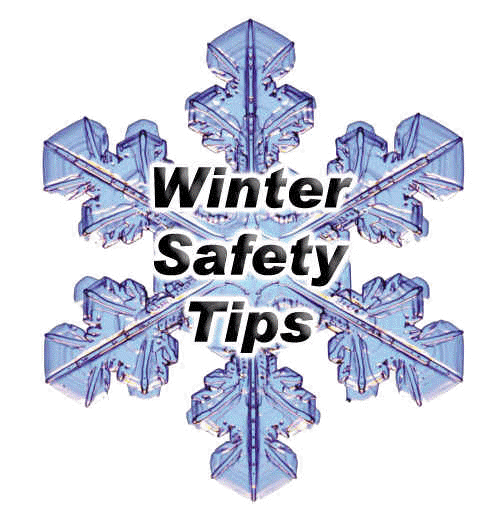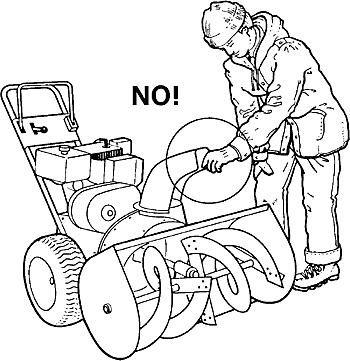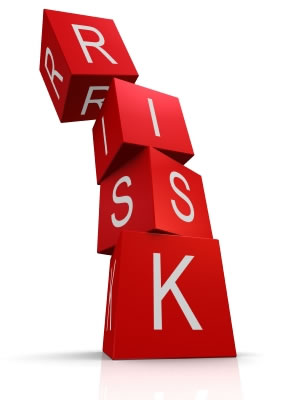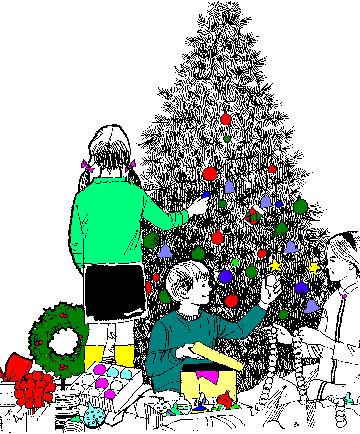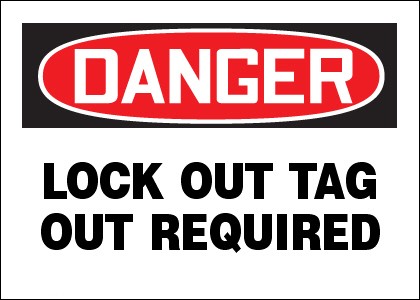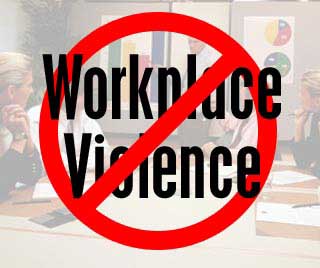 In most workplaces where risk factors can be identified, the risk of assault can be prevented or minimized if employers take appropriate precautions. One of the best protections employers can offer their workers is to establish a zero-tolerance policy toward workplace violence. This policy should cover all workers, patients, clients, visitors, contractors, and anyone else who may come in contact with company personnel.
In most workplaces where risk factors can be identified, the risk of assault can be prevented or minimized if employers take appropriate precautions. One of the best protections employers can offer their workers is to establish a zero-tolerance policy toward workplace violence. This policy should cover all workers, patients, clients, visitors, contractors, and anyone else who may come in contact with company personnel.
By assessing their worksites, employers can identify methods for reducing the likelihood of incidents occurring. OSHA believes that a well written and implemented Workplace Violence Prevention Program, combined with engineering controls, administrative controls and training can reduce the incidence of workplace violence in both the private sector and Federal workplaces.
This can be a separate workplace violence prevention program or can be incorporated into an injury and illness prevention program, employee handbook, or manual of standard operating procedures. It is critical to ensure that all workers know the policy and understand that all claims of workplace violence will be investigated and remedied promptly. In addition, OSHA encourages employers to develop additional methods as necessary to protect employees in high risk industries.


